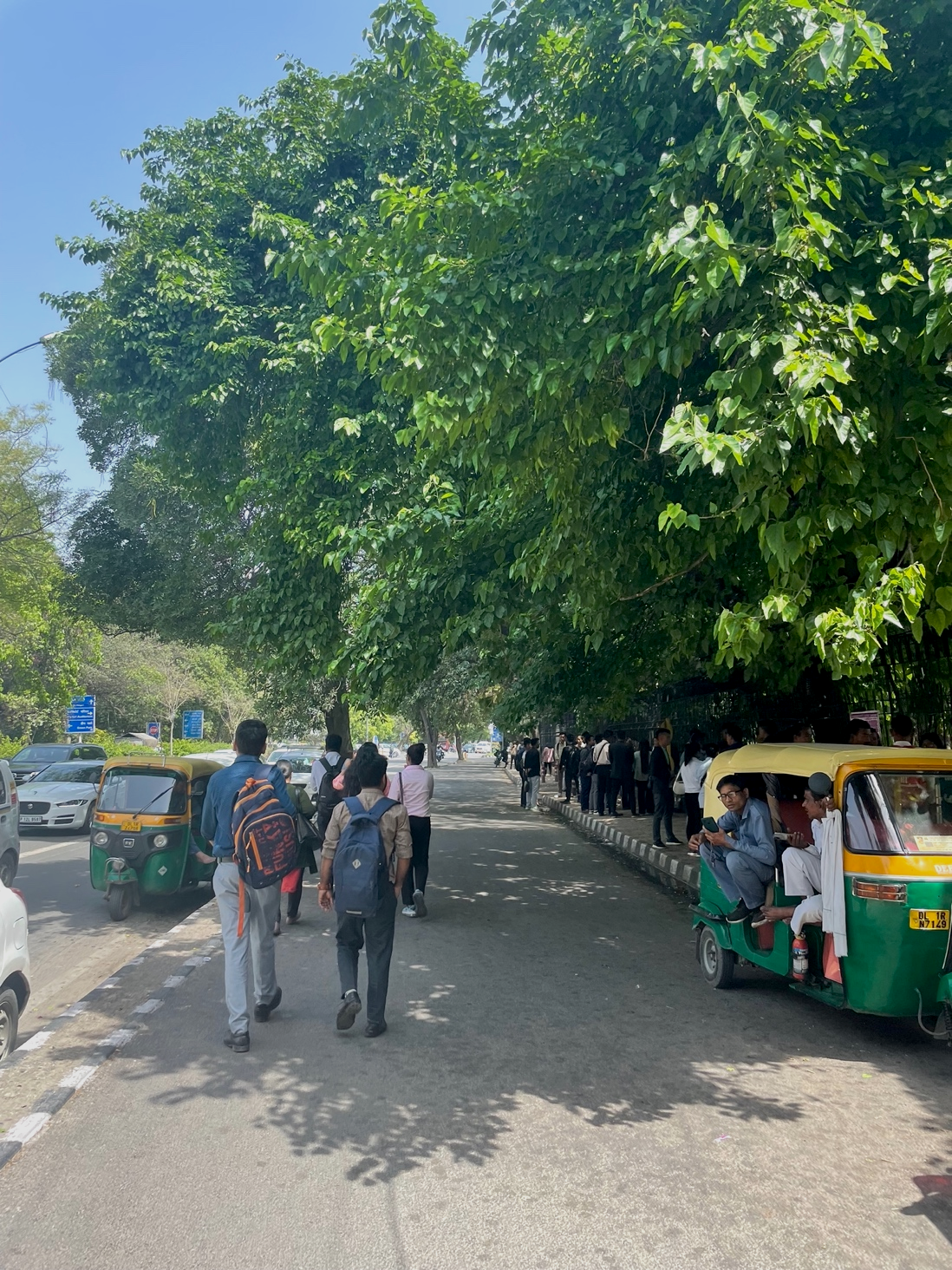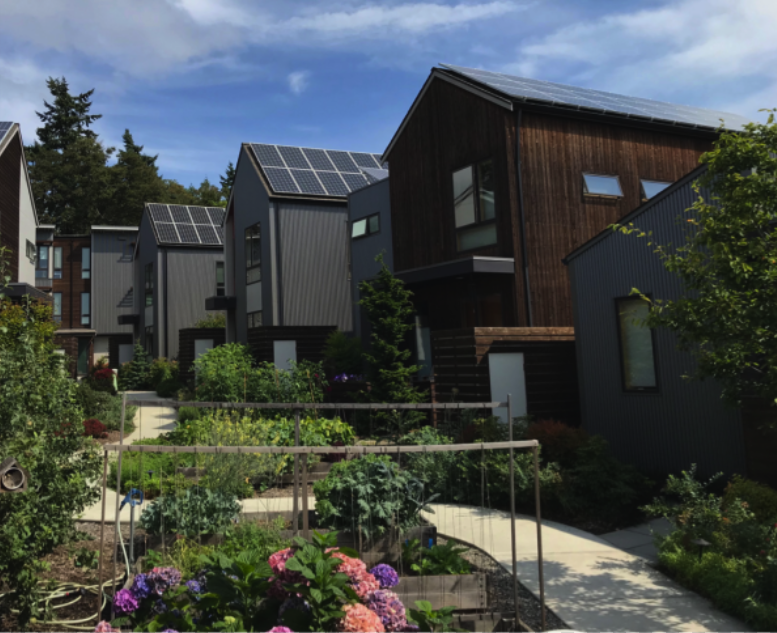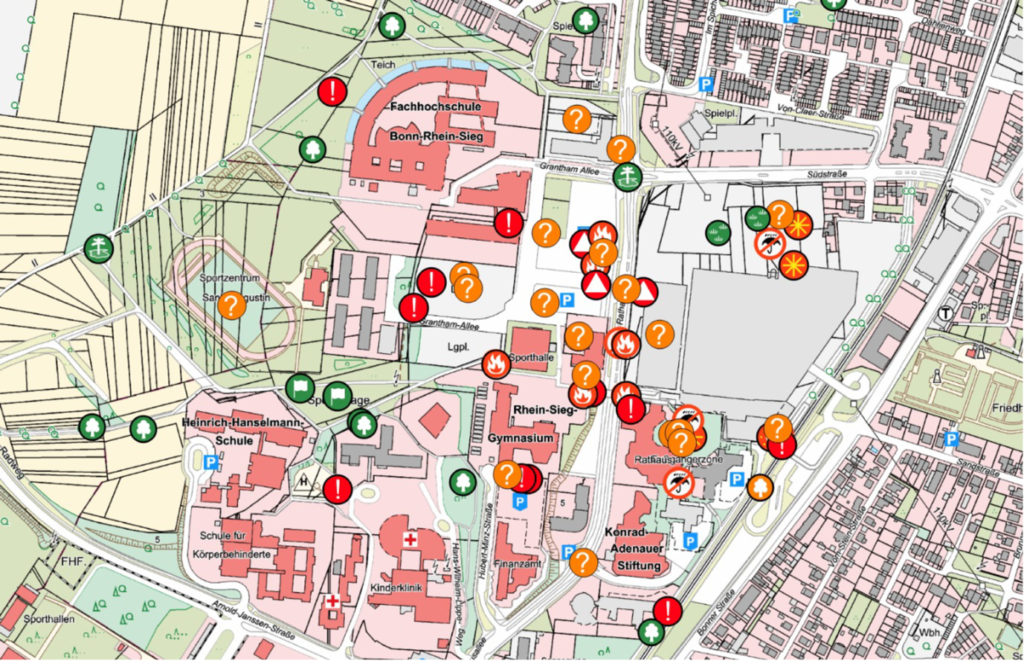City Know-hows

Examining the urban environment is critical for enhancing mental well-being, necessitating the identification of relevant indicators to inform strategic interventions aimed at improving mental health outcomes.
Share
Target audience
Urban designers and planners, architects, public health professionals, plus academics, sociologists, and policy-makers working in the same field.
The problem
Examining how individuals perceive the urban environment can assist in identifying indicators of their satisfaction and uncovering urban issues that impact their well-being. By understanding people’s views, we can pinpoint aspects they find fulfilling and uncover challenges that affect their quality of life in urban areas. This knowledge is crucial for implementing targeted interventions aimed at addressing urban issues and promoting overall well-being within the community.
What we did and why
Analysing individual perceptions of urban environments aids in identifying satisfaction indicators and uncovering urban challenges impacting well-being. Understanding people’s perspectives allows us to identify fulfilling aspects and challenges affecting their urban quality of life. This insight is vital for targeted interventions. We collected perceived environment quality data and assessed mental well-being via questionnaires. Statistical analysis helped pinpoint significant urban environment indicators associated with mental well-being, informing effective intervention strategies.
Our study’s contribution
Statistical analysis pinpointed key urban environment indicators correlated with mental well-being in Delhi, guiding effective interventions. Further empirical studies on each indicator’s relationship with mental well-being are advisable for deeper exploration. Moreover, these indicators serve to evaluate urban environments and public perceptions in diverse urban settings, extending their utility beyond Delhi and enhancing understanding of urban well-being on a broader scale.
Impacts for city policy and practice
Our findings hold significance in evaluating urban environments and public perceptions across diverse locations, transcending their relevance beyond Delhi and enhancing understanding of urban well-being universally. These insights are essential for guiding city policies and practices, facilitating evidence-based decision-making, and implementing focused interventions to tackle challenges and foster favorable outcomes effectively.
Further information
Full research article:
Exploring the link between perceived urban environments and mental well-being: a case study of Delhi, India by Asesh Sarkar and Tina Pujara
Related posts

The foundation of children’s active lifestyles rests upon parents’ contentment with urban green spaces. This underscores the vital role urban planners and designers play in addressing parental concerns within these areas, thus amplifying children’s outdoor play and self-reliant exploration.

New research explores how design team professionals manage developers’ risks to integrate health into new urban development

Citizen science projects can form the basis for sustainable and inclusive urban development in accordance with SDG 11. Citizens, researchers and city authorities work together to explore the city and implement urban planning that meets the needs of all those involved in a city.